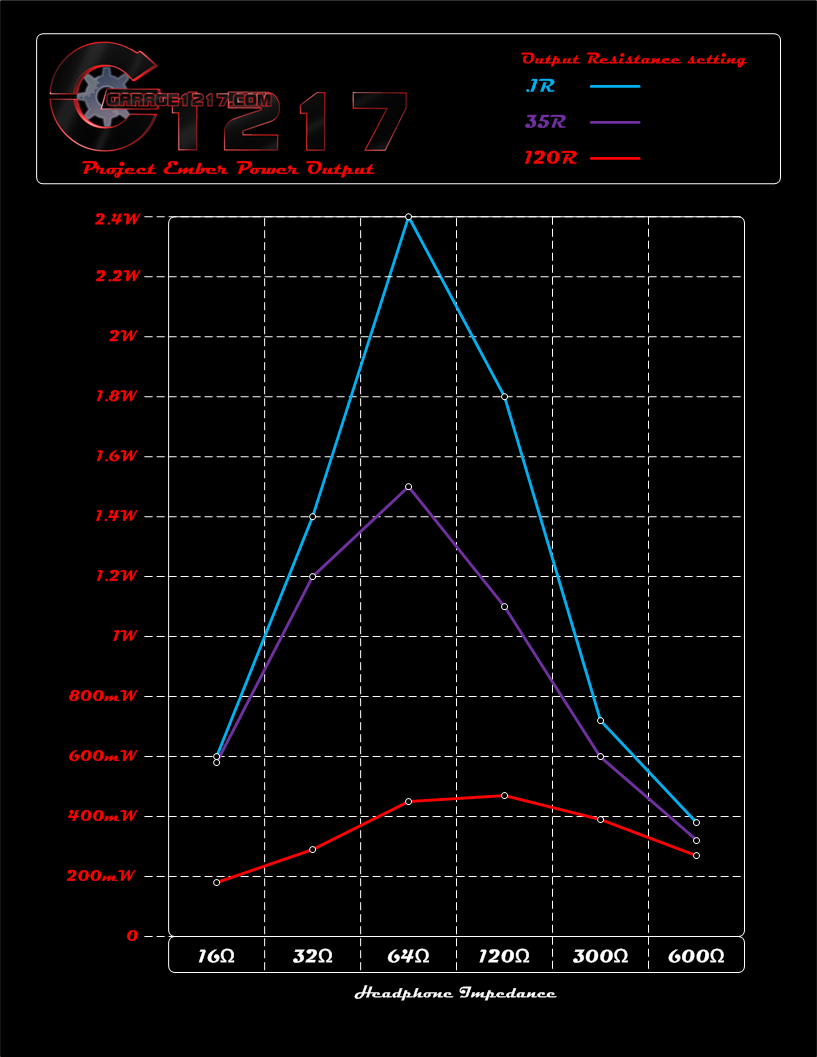Hello
@Zorrofox , your recommendation for the Ember with the HD 650 is leading me to consider this Ember when I was just about to get a Little Dot MK4 amp. So if you, or anybody here would answer these questions, that would be great! Also if my question has already been answered, feel free to just send me a link to the answer.
- How would you compare the (current version) Project Ember to the Little Dot MK 3 or 4?
And if one is better than the other than why?
- I've noticed the LD amp has 2 tubes and the Ember uses only one tube that is larger. Can the one larger tube provide equally good results as two tubes?
- How do I change the gain settings on the Ember? (do I flip a switch, or do I have to open it up?)
- between these two amps, which one would drive the following headphones best? (HD 650, DT 150, HE 6)
Thanks much folks
I can't really answer your first question as I've never heard LD amps. People who use them seem to like them though.
The Project Ember is a valve hybrid. The output stage is still op-amps but the valve is used to 'season' the sound, if you see what I mean. One benefit of this design is that you only need to source one valve instead of matched pairs.
All the settings are changed by simply moving jumpers on pins. The two gain settings are to the rear & require the top-plate to be removed. There are 4 knurled top-nuts to allow yo to do this easily. It takes less than 15 seconds. Low gain has been enough to drive everything I've thrown at it though so you'll not be changing that often. While you're in there you have the option of by-passing the input capacitors which, at least to my ears, opens up the sound-stage just that bit more. This was also possible in the previous version of the Ember but often resulted in a scratchy volume pot as the level was adjusted. That circuit has now been redesigned and that scratchiness is gone completely. You also need the top-plate removed in order to adjust the colour of the LED below the valve. This is done with a small jeweller's screwdriver adjusting the three colour 'pots' - RGB.
With the top- plate in-situ you also have the option of adjusting the output resistance, again by moving jumpers on pins between three settings, Low, Medium & High. I use low for my HD 650 & I'd imagine it might be the same for the DT150 too. Your HE6 might need these jumpers set to medium or even high. Basically, from my understanding what this determines is just how much the valve is allowed to 'colour' the sound. On the high setting you're hearing the valve in all it's glory. This can be a good or a bad thing depending on your choice of valve.
This of course all depends on your choice of valve too. Some are surprisingly neutral while others are unmistakeable.
The previous Ember had the option of a supercharger module which allows the use of high current valves. This could either have ben ordered & fitted at the time or retro-fitted at a later date. Project Ember Mk2 comes with this circuitry as standard so your choice of valves is huge.
Garage 1217 will also sell you an adapter which allows the Ember to use the larger 6SN7 valves.
I have to say the build quality is outstanding!
You'll find far more information on the Ember here..
http://diyah.boards.net/thread/143/project-ember
As well as here..
http://www.garage1217.com/garage1217_diy_tube_headphone_amplifiers_004.htm
Good luck.
Gordon.


































